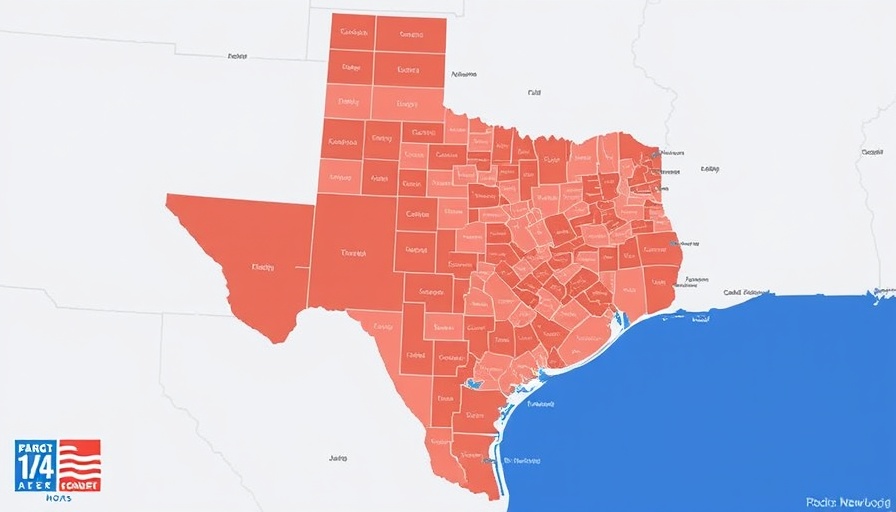
Texas Senate's Redistricting Move: A Bold Party Strategy
The Texas Senate's recent approval of a new congressional map represents a significant milestone in the state's political landscape, aimed at increasing Republican dominance in the U.S. House. This development comes amidst a tumultuous political climate where redistricting has sparked controversies and legal challenges across the nation.
Understanding the GOP's Strategy Behind the Map
With the passage of the map, which Governor Greg Abbott is expected to sign into law, Republicans anticipate adding as many as five new seats to their current 25 of the state’s 38 congressional districts. This strategic redistricting is not merely a reaction to population growth but a calculated political move designed to strengthen their hold on power in Washington, especially as Democrats close in on a potential majority.
The Controversy Behind Redistricting
Democratic lawmakers have voiced vehement opposition to the GOP's decision to redraw district lines now, rather than waiting until the customary 2031 timeline. They argue that this premature action undermines fair representation, particularly for minority populations in Texas, and sets a dangerous precedent for future redistricting efforts. As the debate heats up, it is clear that legal battles are on the horizon.
Texas Political Landscape: A Microcosm of National Trends
Texas has increasingly become a focal point in the national political arena, reflecting broader trends impacting the country. The GOP's decision mirrors ongoing efforts across various states to consolidate power through strategic districting. This raises concerns about the erosion of democratic norms and voter representation.
The Implications for Upcoming Elections
The new map is more than just lines on a chart; it is a potential game-changer for the 2026 elections. With Democrats needing a net gain of just three seats to overturn Republican control, the stakes couldn't be higher. The outcome could hinge on how well both parties mobilize supporters and adapt to the changing demographics of Texas.
Public Response: Community Engagement and Activism
As local communities grapple with the implications of this new map, grassroots organizations are stepping up to ensure that voters are aware of potential changes and their rights. Activism is set to rise as residents unite to advocate for fair representation in their local political landscape, illustrating the passion and engagement ignited by this redistricting controversy.
Conclusion: What’s Next for Texas?
With legal challenges looming and the potential for a broader national impact, the story of Texas’s new congressional map is far from over. As the political climate evolves, residents must stay informed and engaged in local and state elections. Whether you are a seasoned voter or new to the process, understanding these changes is crucial for impacting the democratic process. For updates on local elections and community initiatives, stay tuned to Dallas News Today.
 Add Element
Add Element  Add Row
Add Row 



Write A Comment